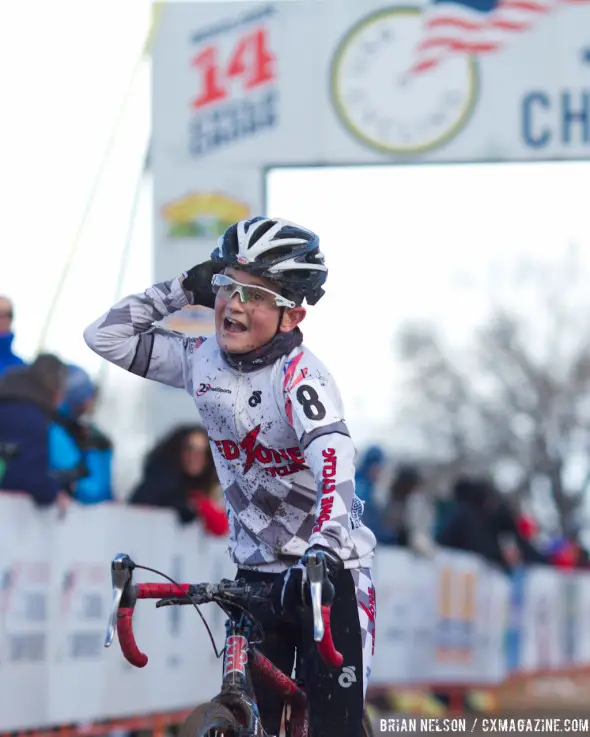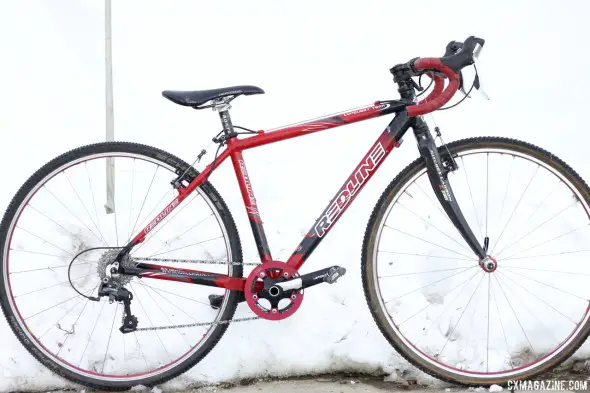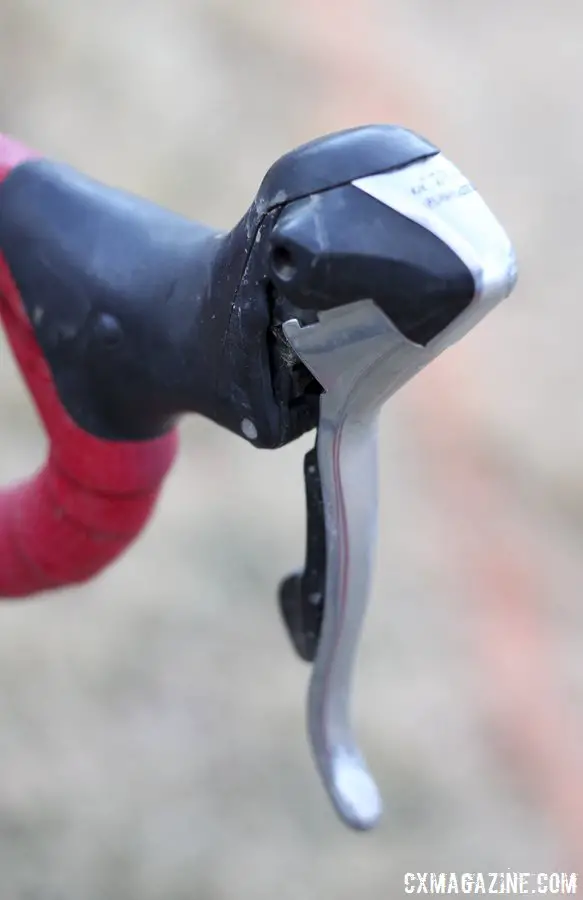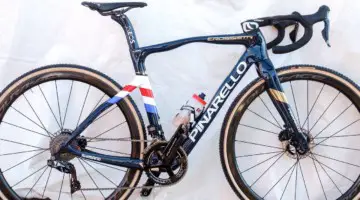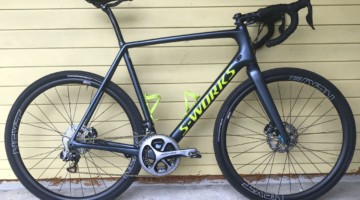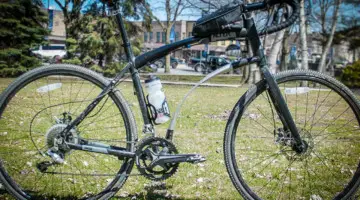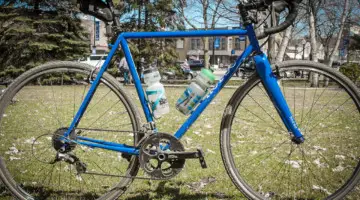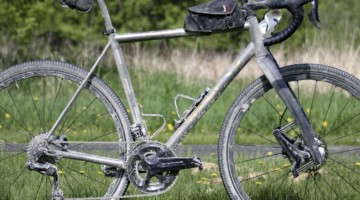With four years of bike racing already under his belt, Paul Haley (Red Zone Cycling) seized the moment, matching experience with drive to take the National Championship title in his age group in Boulder.
Did we mention that title was in the Junior Men’s 9-10 category in Boulder? That’s the first time this age group has been held, because in 2013 and earlier, the category was Junior 10-12. Now it’s split into two categories with 11-12 and 9-10, making it the first time nine-year-olds (racing age) can compete.
Haley, who is just nine (but with a racing age of 10), one of the youngest competitors at the 2014 Cyclocross National Championships, along with more than a hundred other junior competitors of all age groups, showed some true grit and skill, giving a promising glimpse into the future of cyclocross here in the US.
So what does one of the youngest National Champions in the sport ride? Haley’s race winning rig, and hand-me-down from his brother Gavin, is built around a Redline Bicycles’ Conquest Team Scandium frame.
Seattle-based Redline Bicycles has traditionally offered a wide range of frame sizes to accommodate racers of all age groups, and Haley’s build takes advantage of the sizing options that Redline offered on its 2008-2009 Conquest Team. Production sizes ranged from 60cm all the way down to 44cm.
Not that long ago, most cyclocross bikes didn’t come turn-key, but were cobbled together with elbow grease and take-off road parts that tricked their way down to cyclocross machines. Many of the pros still hand-select parts to suit their tastes and needs, and Haley’s Redline is no exception. While Redline did offer the Conquest Team as a complete bike, Haley’s build boasts some carefully thought-out, albeit “mixed” componentry, likely gathered from Dad or friends.
Redline’s stock fork has been swapped out in favor of a Ritchey WCS Carbon cyclocross fork with full carbon steerer. Another critical upgrade comes from the classic Mavic Helium Wheelset. First introduced in 1996, this was Mavic’s first complete ultralight tubular wheelset coming in at around 1550g, which set the benchmark for pre-built tubular race wheels and arguably started the high-end, pre-built wheel market. There was a time when most of the top cyclocross pros were using Helium wheels, and nearly twenty years later, these wheels still show up from time to time on the race course, as is evidenced here.
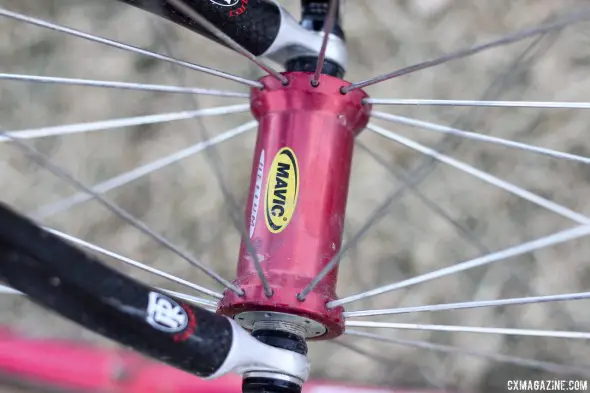
Mavic’s Helium wheels set the bench mark for pre-built lightweight tubulars when they came out in 1996. © Cyclocross Magazine
Tire choice is one of the hottest debated topics among ’crossers, with many running different front and rear treads. Haley is no different. Haley’s front tire is an ever popular Challenge Grifo while a Schwalbe Racing Ralph tubular gives some extra bite in the rear. Ultegra 6600 shifters provide the controls, but with a single chainring setup, the left side shift cable and housing isn’t necessary. A long cage Ultegra 6700 rear derailleur takes up the chain slack when shifting across the 10-speed cassette.













